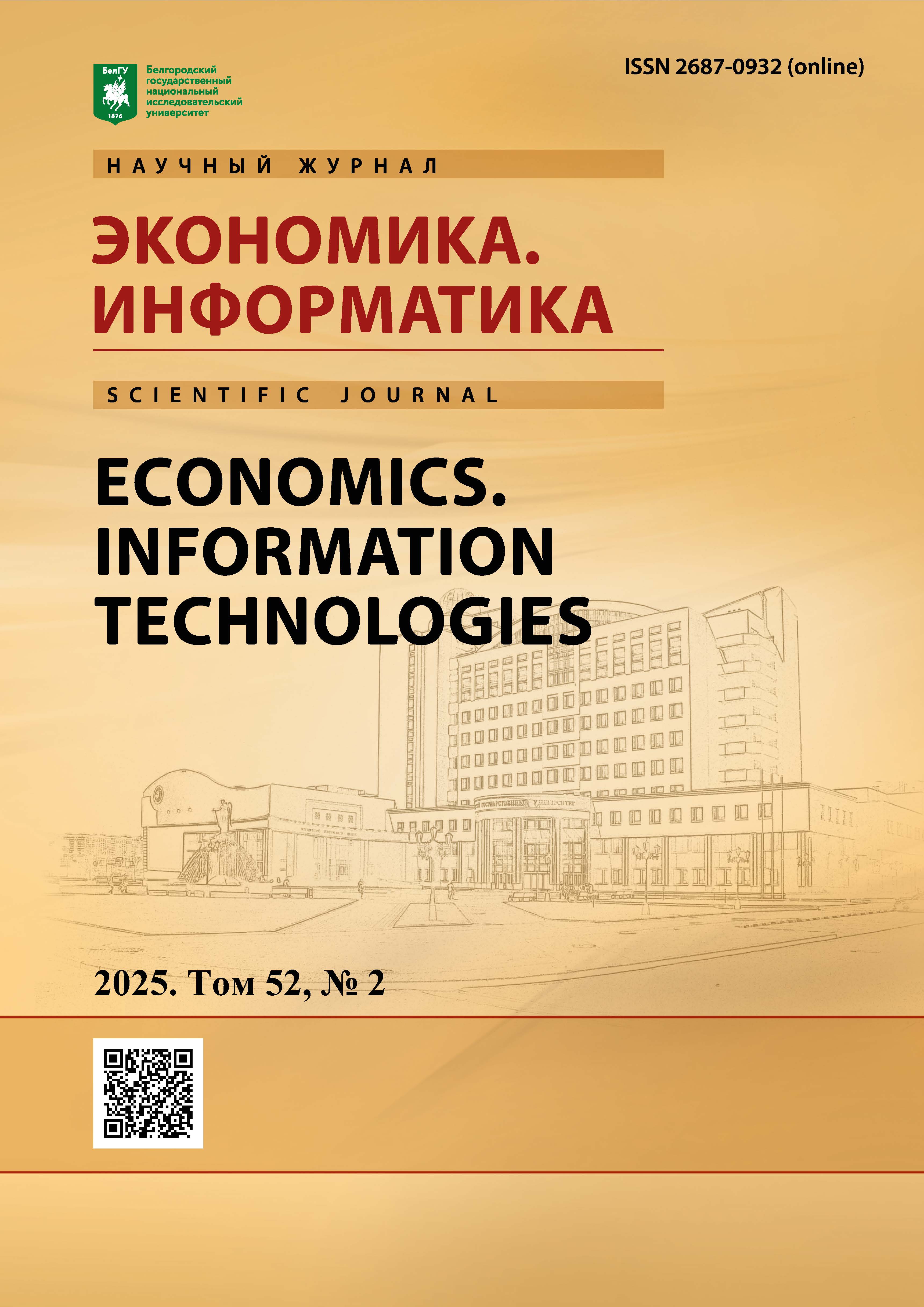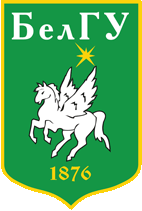Автономное движение всенаправленного робота по рассчитанной траектории
DOI:
https://doi.org/10.52575/2687-0932-2025-52-2-441-454Ключевые слова:
колесные роботы, пересеченная местность, избегание препятствий, разведка, стратегии управления, поиск и спасение, динамические модели, восприятие окружающей средыАннотация
Статья посвящена исследованию автономного движения колесных роботов в условиях пересеченной местности, где традиционные методы навигации сталкиваются с трудностями. Основная цель исследования заключается в разработке динамических и математических моделей, которые позволят роботу эффективно перемещаться по сложным поверхностям, избегая препятствий. В ходе экспериментов и моделирования была оценена производительность робота в различных условиях: от неровных поверхностей до сложных препятствий. Основные выводы показывают, что предложенные модели позволяют улучшить точность траекторий и снизить время прохождения маршрута, что делает роботов более устойчивыми к изменениям окружающей среды. Будущие исследования будут сосредоточены на улучшении адаптивных алгоритмов управления и взаимодействии человека с роботом для расширения их применения в таких областях, как поисково-спасательные операции и мониторинг окружающей среды.
Благодарности: авторы признательны Институту информационных технологий Российского технологического университета РТУ МИРЭА, Москва, Россия, и Университету Мустансирия, Ирак, за поддержку, оказанную при осуществлении исследования.
Скачивания
Библиографические ссылки
Aburas M.M., Yousuf M.S. 2017. The effect of soil and slope characteristics on the selection of locations for soil conservation measures at the southern slopes of Al-Jabal Alkhdar. Journal of Environmental Science & Engineering, 1(1): 53–59.
Acir N. 2019. Assessment of production service capacity by soil quality evaluations. Fresenius Environmental Bulletin, 28(10): 7030–7041.
Ali R.A., Abdelgalil A.A., Ibrahim M.S., Mustafa A.A. 2020. Land Suitability Evaluation for Different Crops in Soils of Eastern Sohag, Egypt. International Journal of Academic & Applied Research (IJAAR), 4(7): 126–138.
Azeez S.N., Muhaimeed A.S. 2016. Genesis and Classification of Some Soils in Kalar City, Northern Iraqi Kurdistan Region. IOSR Journal of Agriculture & Veterinary Science, 9(7): 15–22. doi: 10.9790/2380-0907021522.
Bekker G.V. 1956. Theory of Land Locomotion: The Mechanics of Vehicle Mobility. University of Michigan Press, 520.
Br¨aunl T. 2008. Embedded Robotics: Mobile Robot Design and Applications with Embedded Systems. Springer Science & Business Media. 147–156.
Choudhury S.G., Banerjee T., Das K., Sahoo A.K., Nayak D.C., Singh, S.K. 2016. Characterization and classification of different rice growing soils with special emphasis on soil organic carbon stock in Rajnagar block of Birbhum district, West Bengal. Agropedology, 26: 198–207.
Ferreira A., Vassallo R.F., Pereira F.G., Filho T.F.B., Filho M.S. 2008. An approach to avoid obstacles in mobile robot navigation: the tangential escape. Controle y Automacao, 19(4): 395–405.
Gu M., Croft E., Cosgun A. 2022. AR Point&Click: An Interface for Setting Robot Navigation Goals. arXiv, Oct. 22, 2022. [Online]. Available at: http://arxiv.org/abs/2203.15219 (accessed: Jan. 25, 2024).
Heimann D., Hohenfeld H., Wiebe F., Kirchner F. 2022. Quantum Deep Reinforcement Learning for Robot Navigation Tasks.” arXiv, Jul. 29, 2022. [Online]. Available at: http://arxiv.org/abs/2202.12180 (accessed: Jan. 25, 2024).
Khan M.S., Mandava R.K. 2023. A review on gait generation of the biped robot on various terrains. Robotica, 41(6), Article 6: 1888–1930.
LaValle S.M. 2006. Planning Algorithms. Cambridge University Press. 228–229.
Patil A., Tanaka T. 2022. Upper Bounds for Continuous-Time End-to-End Risks in Stochastic Robot Navigation. arXiv, May 17, 2022. [Online]. Available at: http://arxiv.org/abs/2205.08583 (accessed: Jan. 25, 2024).
Tafrishi S.A., Svinin M., Yamamoto M., Hirata Y. 2023. A geometric motion planning for a spin-rolling sphere on a plane. Applied Mathematical Modelling, 121: 542–561.
Taghavifar H., Hu C. 2024. A finite-time path-tracking control algorithm for nonholonomic mobile robots with unknown dynamics and subject to wheel slippage/skid disturbances. Proceedings of the Institution of Mechanical Engineers, Part J: Systems and Control Engineering. 238(7): 1260–1272. doi: 10.1177/09596518241233319.
Tang Z., Liu H., Zhao Z., Lu J., Guan H., Chen H. 2021. Trajectory tracking of unmanned tracked vehicle based on model-free algorithm for off-road driving conditions, in 2021 IEEE International Conference on Unmanned Systems (ICUS), Beijing, China: IEEE, Oct. 2021. 870–877. doi: 10.1109/ICUS52573.2021.9641176.
Wigness M., Rogers III J.G., Navarro-Serment L.E. 2022. Robot navigation from human demonstration: learning control behaviors with environment feature maps.” arXiv, May 06, 2022. [Online]. Available at: http://arxiv.org/abs/2205.03364 (accessed: Jan. 25, 2024).
Yu X., Hu J., Fan Y., Zheng W., Ou L. 2022. Multi-subgoal Robot Navigation in Crowds with History Information and Interactions. arXiv, Nov. 29, 2022. [Online]. Available at: http://arxiv.org/abs/2205.02003 (accessed: Jan. 25, 2024).
Просмотров аннотации: 259
Поделиться
Опубликован
Как цитировать
Выпуск
Раздел
Copyright (c) 2025 Экономика. Информатика

Это произведение доступно по лицензии Creative Commons «Attribution» («Атрибуция») 4.0 Всемирная.


